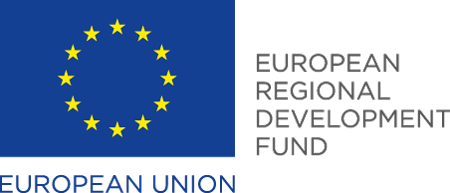Connection of different civil maritime simulators marks breakthrough
For the first time ever, different brands of civil maritime simulators have been connected. Even better, one of the simulators was in Spain, the other in Sweden. The technical solution was developed as part of the MONALISA 2.0 project. The European Maritime Simulator Network (EMSN) will be launched November 5, 2014 in Barcelona at the project Mid-term Conference, when many more simulator centres will be added to the network and you can see a live demonstration.

Gothenburg Transas bridge simulator looking at overtaking the vessel controlled in the Kongsberg bridge simulator in Gijon.
“This offers tremendous potential for distributed simulations, for example emulating large scale traffic situations with individuals manning the bridges of all vessels involved.” says Captain José Anselmo, Senior Policy Officer at the European Commission, who continues: “Researchers at various institutions can co-operate in projects at a completely new level, offering unlimited possibilities for the future exchange of training among various maritime training centres.”
EMSN was conceived in order to test the Sea Traffic Management (STM) concept and solutions under development within the MONALISA 2.0 project.
Magnus Sundström, Project Manager, explains: “To test scenarios involving multiple vessels in congested areas, you can´t find any safer environment than in simulators. There was no centre worldwide that could handle the tests that the project required. In our concepts, we focus on reusing resources by extending the usage. Therefore, we decided to tie existing simulator centres together rather than building a huge centre. Our industry partners – Rheinmetall, Kongsberg and Transas – have done a great job in making this possible.”
The tests will focus on carrying out a Formal Safety Assessment of the STM concept, and simulations are expected to run until the end of 2015 when the project is planned to end.






